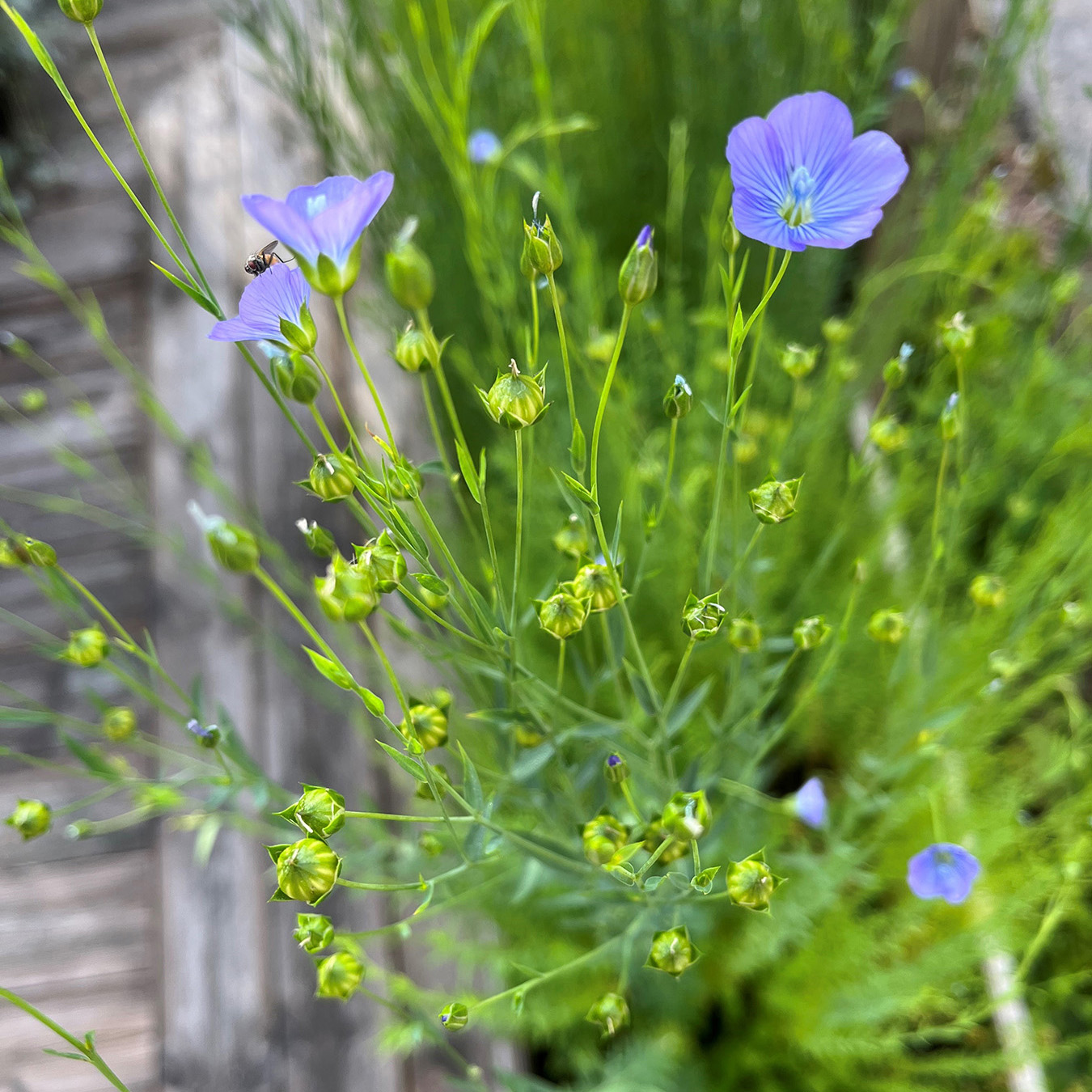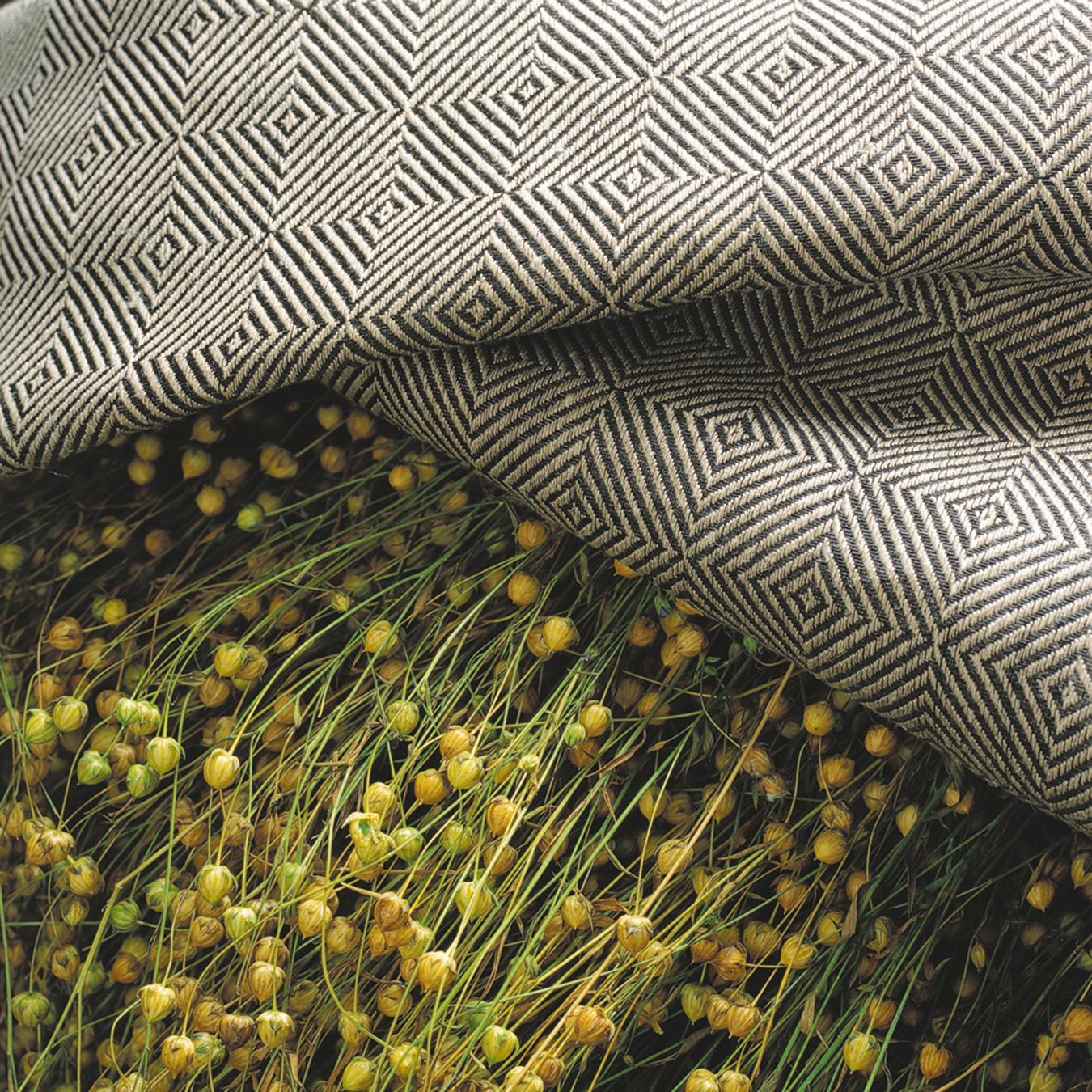Loading


Linen - a Good Choice for the Environment!
Did you know this about linen?
The oldest findings of linen fabric trace back to Egypt and have been dated to around 5000 BCE!In Sweden, linen was vital until cotton was introduced and took over in the 1950s. Today, linen fiber is important again due to its many environmental and sustainable advantages compared to other textiles.
Why is linen so good?
Flax is a resilient plant that grows rapidly. It can thrive in nutrient-poor soils and is cultivated in countries with relatively rainy and cool climates, reducing the need for artificial irrigation. Flax is seldom susceptible to pests, requiring fewer fertilizers and pesticides compared to, for example, cotton.- 1 kg of flax = 1 liter of water
- 1 kg of cotton = 10,000 liters of water
Linen and flax – what's the difference?
Linen is the fabric made from the plant fibers of flax. The former is the product, and the latter is the raw material. Sometimes, other textiles like bed linens are also called "linen" even if they aren't made from flax. When we talk about linen, we mean fabric made from flax.Linen is one of the strongest plant fibers, making our linen products durable, long-lasting, and suitable for extended use. Well-cared-for linen can last for generations.
Linen is disliked by moths, silverfish, and other pests, facilitating the fabric's storage in cabinets for longer periods.
Isn't it fantastic?
Linen's incredible properties, combined with our commitment to a vibrant rural community, lead us to specialize in manufacturing all our products in 100% linen. We weave, inspect, and sew all our linen products in our factory in Hälsingland.We hope you want to join us in making a choice for the future - fewer but better things! Our contribution is utility items in pure linen!